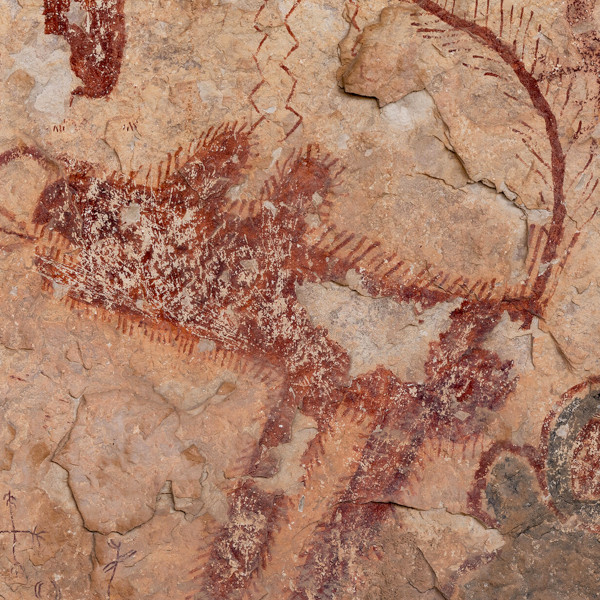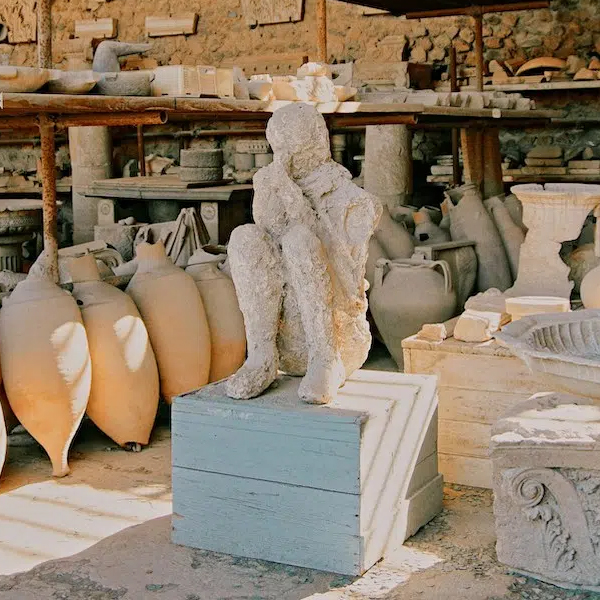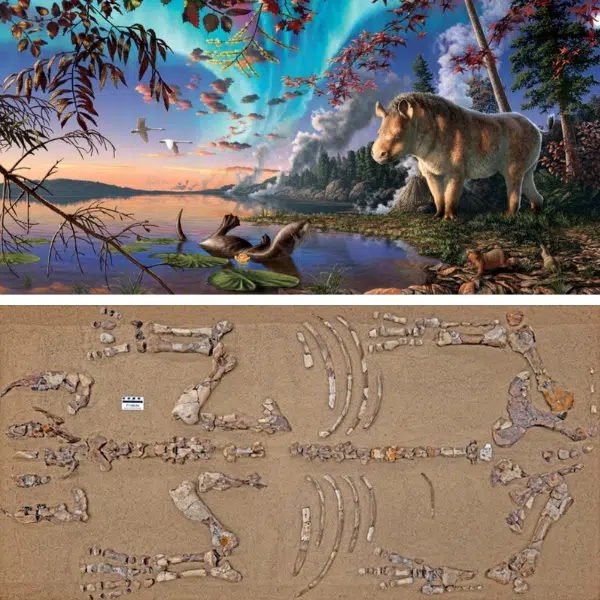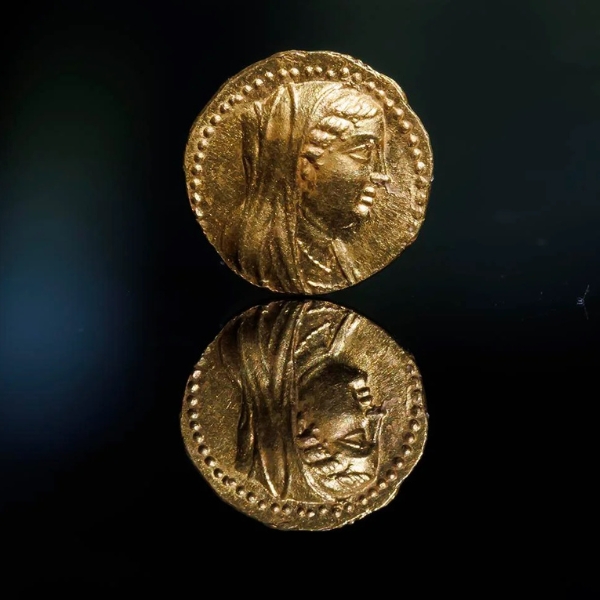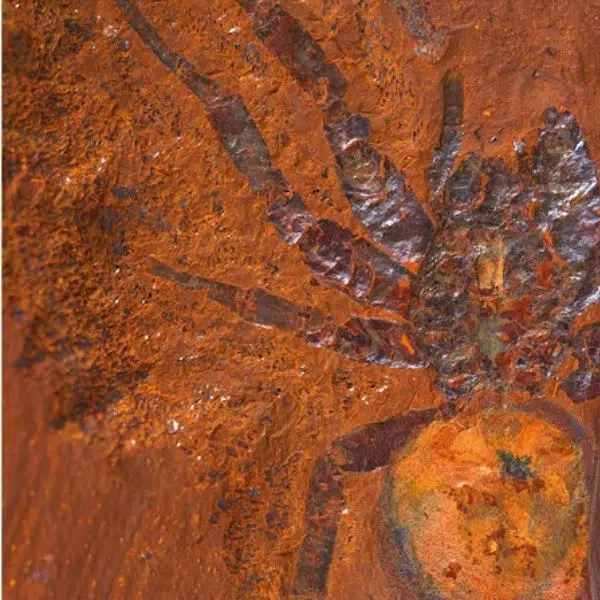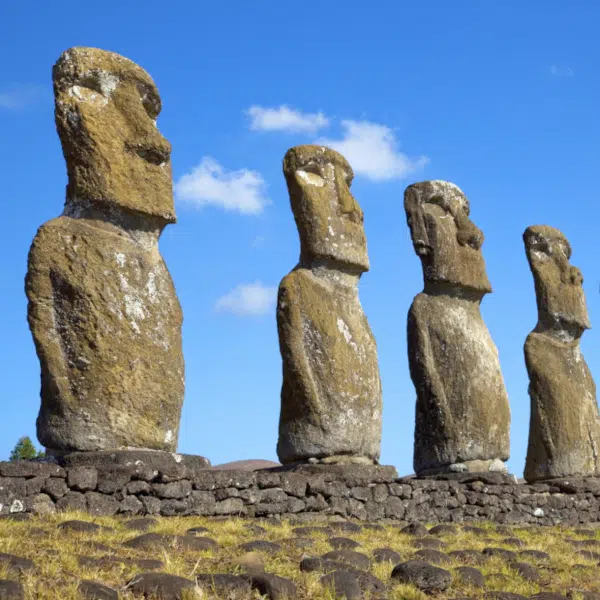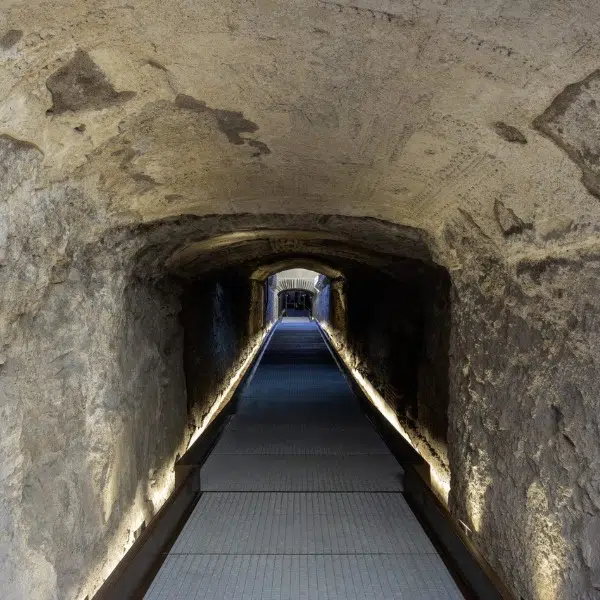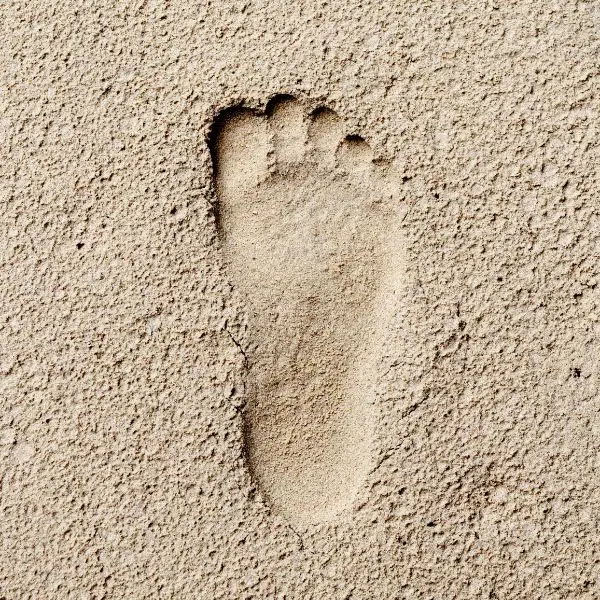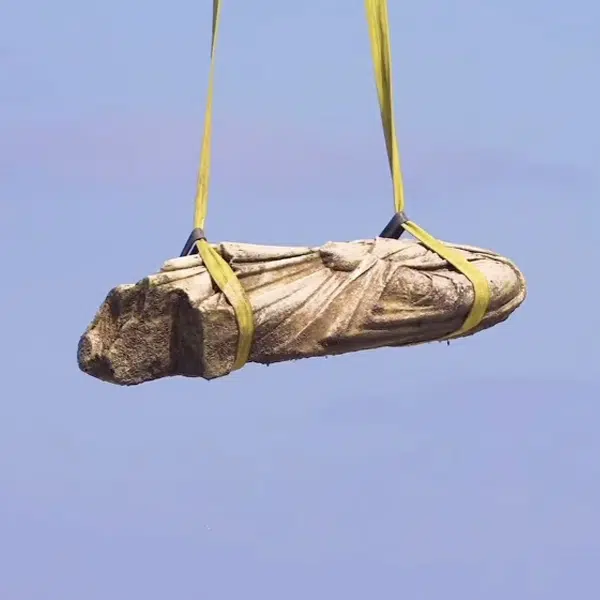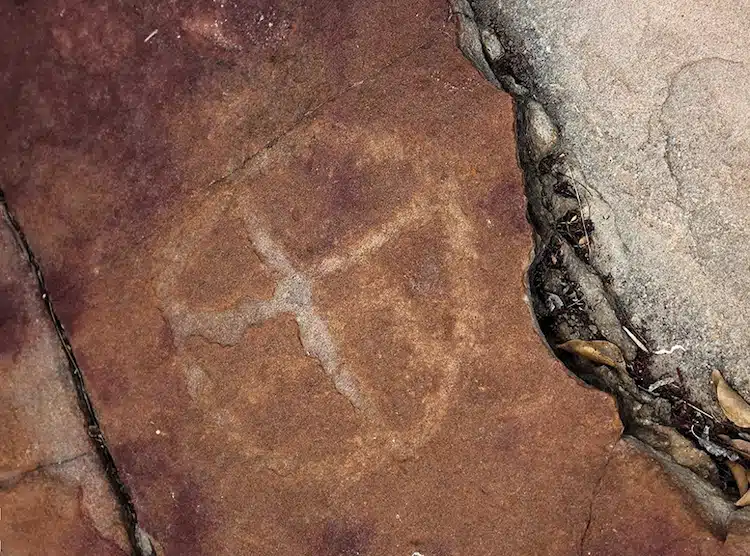
Photo: Leonardo P. Troiano (CC BY 4.0)
Ancient peoples may not have known everything we now know about dinosaurs, but recent research indicates that they were interested in their remnants.
Scientists have discovered ancient human rock carvings—petroglyphs—adjacent to dinosaur tracks in Northeast Brazil. Although these drawings were initially found at the site called Serrote do Letreiro in 1975, recent drone-assisted surveys have revealed additional petroglyphs.
This new evidence led researchers to reinterpret the site in the context of a relationship between fossil evidence and ancient human artistry. The dinosaur tracks found at the site belong to species such as iguanodontids and sauropods from the Cretaceous Period, which ended approximately 66 million years ago.
The study, published in Scientific Reports, suggests that the relationship between the indigenous drawings and the footprints is unquestionable due to their proximity. The researchers propose that the artists deliberately created the indigenous petroglyphs around the footprints, acknowledging and incorporating them into their work.
“People usually think that Indigenous people weren’t aware of their surroundings or didn’t have any kind of scientific spirit or curiosity,” Leonardo Troiano, the archaeologist who co-authored the study, told CNN. “But that’s not true. It’s very clear that they were interested in the footprints. We’ll never know if they knew about dinosaurs, but it is clear that they were curious about the prints and thought they were meaningful in some way.”
The drawings varied, featuring both organic forms and geometric shapes, with most consisting of circles. The circles often contained crosses or lines, but the exact meaning of the shapes remains undetermined. According to the study, the petroglyphs bore an astonishing similarity to other drawings found in the northeastern region of Brazil.
“They all seem to be abstract, and if they represented something to the people who made them, we don’t know what it is,” Troiano explained.
The ancient tribes who left behind the drawings were determined to have lived between 2,620 and 9,400 years ago by analysis of burial sites.
This is not the only instance of such a phenomenon. The study notes that other sites in the United States, such as Poison Spider Dinosaur Tracks, Parowan Gap, and Zion National Park, have also uncovered petroglyphs near dinosaur footprints. However, none of these sites exhibit the same level of proximity as Serrote do Letreiro.
Recent research at Serrote do Letreiro in Northeast Brazil reveals that ancient petroglyphs, found near dinosaur tracks, indicate early human interest in the fossils.
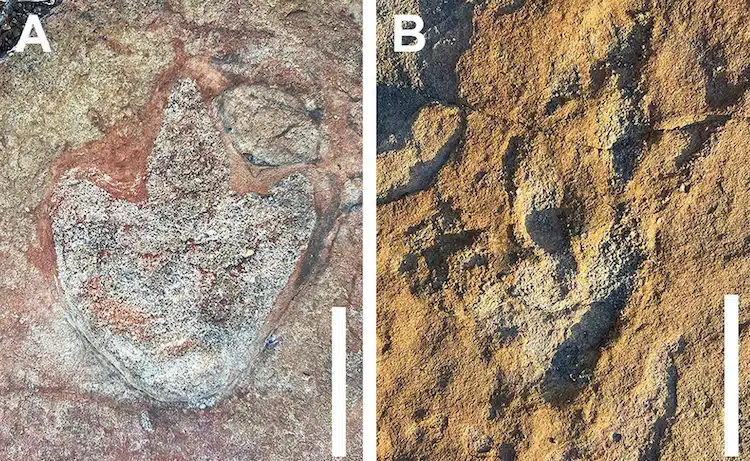
Photo: Leonardo P. Troiano (CC BY 4.0)
The carvings include abstract shapes such as circles, crosses, and lines, and were created by tribes living between 2,620 and 9,400 years ago.
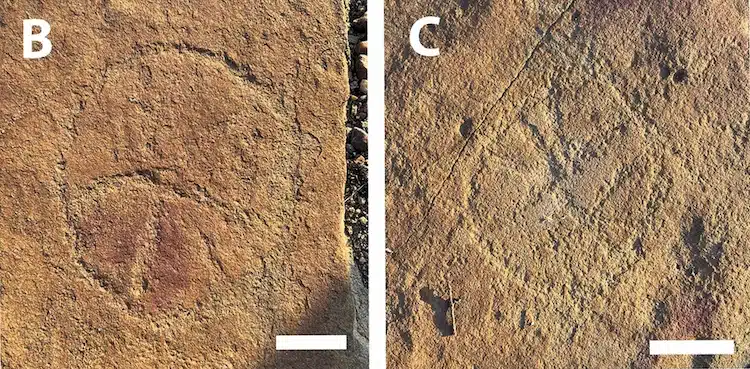
Photo: Leonardo P. Troiano (CC BY 4.0)
Similar petroglyphs have been found at other sites in America like Poison Spider Dinosaur Tracks and Zion National Park, but none are as closely connected to dinosaur footprints as Serrote do Letreiro.
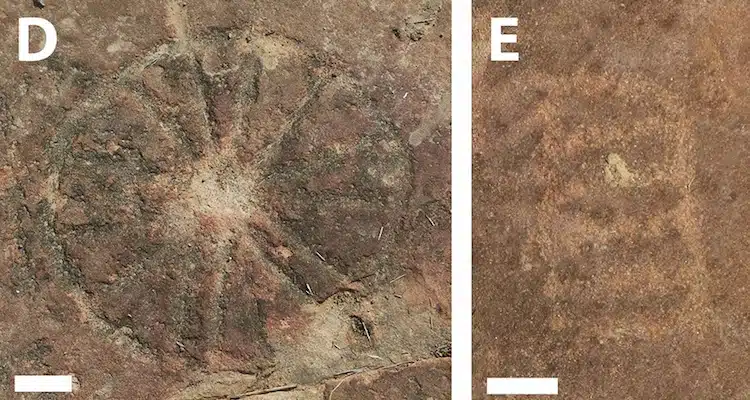
Photo: Leonardo P. Troiano (CC BY 4.0)
h/t: [CNN]
Related Articles:
Meet the Lokiceratops, a Dinosaur With Unique Horns
Three Young Boys Discover Rare Tyrannosaurus Rex Fossil While on a Hike
Amateur Paleontologist Discovers 70-Million-Year-Old Fossil While Walking His Dog











































































